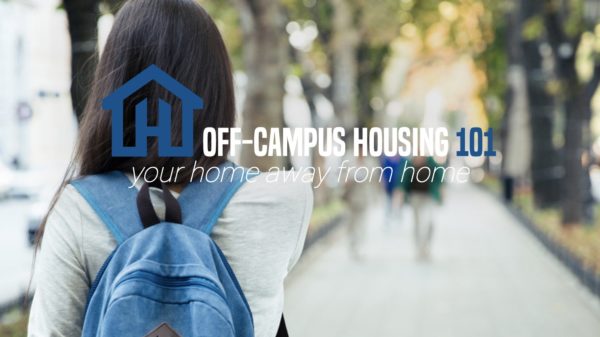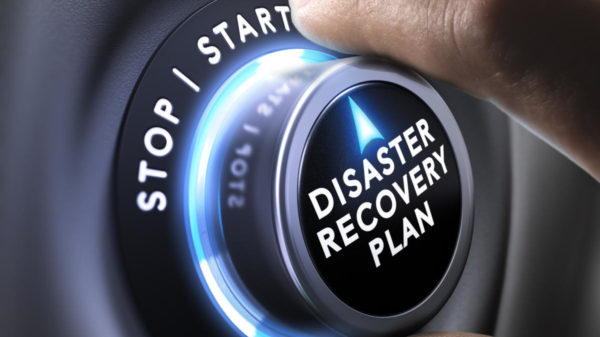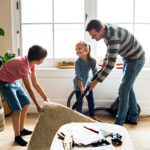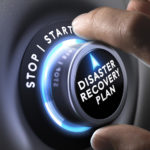Disasters happen. There’s really no stopping them and their impact on us and the ones we love. We here at Off-Campus Housing 101 have clients, friends, and family from all different climates, regions, and environments. There is always a chance for someone we know to be affected by any number of natural and man-made disasters. From hurricanes, tornados, and tsunamis to wildfires, chemical spills, and earthquakes, knowing how to prepare for the worst is the best way to protect you and the ones you love.
This will not be a comprehensive guide on how to prepare for every possible emergency. There will be different steps and different resources you will need for each type of emergency. The steps below, however, will get you and your family started on the road to being prepared. We’ve also put together a Pinterest Board full of helpful tips and guides to get you even more prepared.
Make an Emergency Kit
Actually, make two (at least): one for your house and one for your vehicle. In creating these kits, plan for about 3 days of survival needs. These kits should include:
- Non-perishable food
- A can opener
- Water – half a gallon (2 litres) of water per person per day
- Flashlights (hand cranked is best)
- First aid kit
- Blankets
- Whistle
- Prescription medications
- Cash
- Identification
- Health insurance information
Also consider:
- Sanitary wipes or baby wipes – something with which to clean yourself
- Bags in which to dispose of waste
- Toilet paper
- Pet food (if you have a pet)
- Extra batteries
- Utensils
- Blankets
- A small, foldable shovel
- Tools
- Duct or Gorilla Tape
- Fire extinguisher
- Matches (in a sealed container)
- Maybe a book or some activities for children.
- Dust/gas masks
- Maps
For your car add:
- Sand, road salt, or kitty litter for putting on snow
- Jumper cables
- Flares
- Tow rope
Make an Emergency Plan
You’ll also need to make a plan, talk this over with your family, and practice it. It might seem silly (or it might not) but having everyone on the same page is important when it comes to disasters. You really don’t want to be left in the lurch not knowing who is doing what and where everyone is meeting. So, with that in mind:
- Pick a meeting place – Could be down the street, at a town hall, or in a different town. This all depends on who you are meeting and where they are coming from.
- If you have children, know where to meet them if they are in school when disaster strikes. Talk to your schools administration and find out what plans they have in place. You might also consider picking a person outside of your immediate family to be able to pick up your children if you are not available. Be sure to inform the school of who this is.
- Know phone numbers. We all have the phone numbers of our friends and family, school and work in our phones, but do we actually know them? Write them down!
- Know where and how to turn off the utilities to your house – If you have time, turn these off when you leave.
Know What You Might Face
Understanding what disasters might affect your area is important in planning for the worst. The National Oceanic and Atmospheric Administration (NOAA) is a great resource. You may also purchase a NOAA Weather Alert Radio or find out more information about their radio broadcasts online. If you live in the Caribbean, they also offer a Tsunami Warning Program. If you live in Canada, you can take a look at the Weatheradio Canada Broadcast Network. Once you know what type of disasters might affect your area, you can prepare for each specific event.
These are just the very basics of how to prepare for an emergency. There are many more steps you can follow to maximize your preparedness such as: getting a plan in place for your pets, knowing how your community is prepared for disasters, knowing your area’s evacuation routes, learning what to do if you are not at home when disaster strikes, and being trained in emergency and first-aid skills.
For more information, check out these resources:
Off-Campus Housing’s Evacuation Readiness Pinterest Board
United States Department of Homeland Security: Ready.gov
Government of Canada: Get Prepared
American Red Cross: Prepare for Emergencies
International Federation of Red Cross and Red Crescent Societies
CDC: Emergency Preparedness and ResponseThe Huffington Post: 10 Disaster Preparedness Tips You Can Really Use








